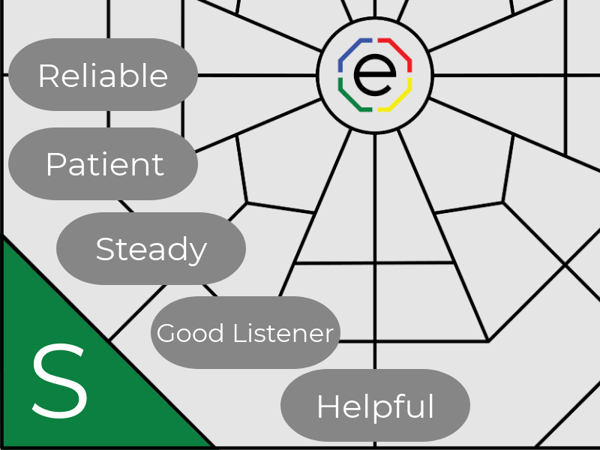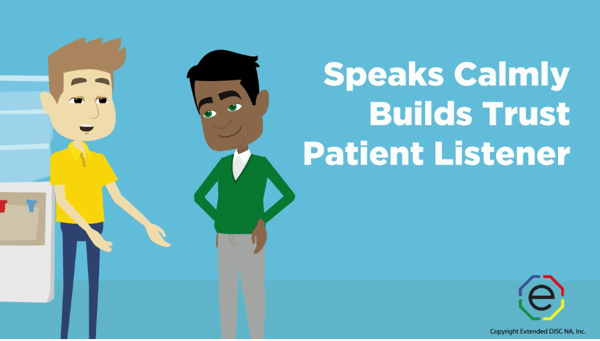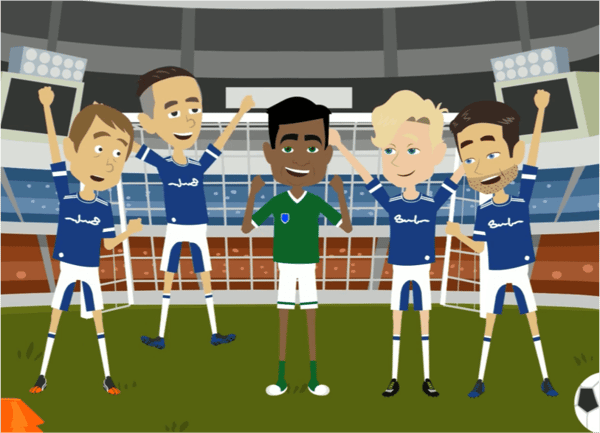How do we identify and describe S-styles?
S-styles tend to appear more laid-back and a team player. We've all worked with or know an S-style right? Is it easy or challenging for you to interact with them? Understanding S-styles can help you interact with them more effectively.
DISC styles

S-style is one of the DISC styles, along with D, I, and C styles. It is important to remember S-styles are not better or worse than the other DISC styles. Each of the four have strengths and development areas; they just happen to be different.
The Extended DISC self-assessment cannot predict our success nor limit our ability to succeed in anything we choose to do. It helps us identify how we prefer to do things and how our behaviors tend to be observed by others. Successful people come from all DISC styles. Successful people have a keen sense of who they are and they know when to modify their style appropriately.
Identifying S-styles

S-styles want to be actively involved with familiar people. They are seen as calm, steady, caring, and amiable. They are more likely to come across as modest, indecisive, and good listeners. S-styles are more likely to focus on fairness and participate as a team member..
They are an reserved style, so they tend to thrive in team environment where they have a chance to gain support and acceptance. S-styles are most comfortable when they have clear routine and structure. They seek acceptance.
S-styles can get into trouble when they focus too much on others instead of taking care of their own needs. They can give in or be too willing when they are pressured. Their biggest fear is loss of security and stability so change may be more challenging. The S-style's favorite question starts with 'how;" as in 'how are we going to proceed?'
How S-styles prefer to communicate

S-styles are active listeners; often preferring to listen over speak. They are patient listeners who want to understand what others are thinking. They are comfortable answering when asked, but they are more likely to want to talk about topics they've mastered.
S-styles tend to be more comfortable communicating in familiar groups or one-on-one. They may look to build support and trust. They tend to speak calmly and may asks questions to gather more viewpoints.
Tips for communicating with S-styles
 When interacting with an S-style, you may want to slow the pace down, focus more on details, and present in a logical way. Try to be more patient and work on building trust. You may need to allow time to process and ask questions and know that it may take time to draw out their opinions.
When interacting with an S-style, you may want to slow the pace down, focus more on details, and present in a logical way. Try to be more patient and work on building trust. You may need to allow time to process and ask questions and know that it may take time to draw out their opinions.
S-styles will feel more comfortable if you provide clear direction and responsibilities. They will be more motivated if you show how solutions will benefit them and their team. Remember, secure they commitment step by step and keep you promises.
What adjustments would you consider making the next time you interact with your S-styles?
